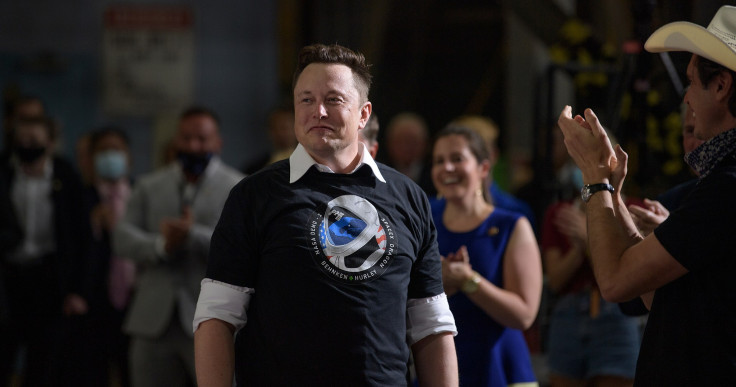
A former NASA physicist warned that prominent constellations of low-cost satellites, like Elon Musk's Starlink, could disrupt Earth's magnetosphere, exposing all life on the planet to harmful cosmic radiation.
A new study by Dr. Sierra Solter-Hunt uses new estimates suggesting that SpaceX, Elon Musk's company, burns over 2,755 pounds (1.3 tons) of debris from its wireless internet satellites into Earth's atmosphere each hour. This process is said to create a layer of conductive particles in orbit.
"I was very surprised," physicist Dr Solter-Hunt told DailyMail.com. "No one has given much research to the accumulation of metal dust from the space industry." According to a recent estimate by astronomers in March, there are currently 5,504 Starlink satellites in orbit, with 5,442 operational.
Elon Musk's Starlink satellites could be eroding Earth's magnetic field and slowly poisoning us all, ex-NASA scientist warns https://t.co/JXiAQoBTLh pic.twitter.com/b7OjVGQmdQ
— Daily Mail Online (@MailOnline) April 18, 2024
However, the Musk-led astronomical company reportedly plans to launch tens of thousands more in the future. The physicist warns that particles shed by these satellites at the end of their lifespan could disrupt or trap Earth's protective magnetic field.
This field protects our atmosphere, and the physicist expresses concern that a large amount of highly conductive metal debris accumulating in a specific region could have negative consequences.
SpaceX's Satellite Mega Fleet Faces Scrutiny
While admitting it as a worst-case scenario, Dr. Solter-Hunt warns that the layer of charged metal particles could potentially lead to atmospheric loss, similar to the processes that stripped Mars and Mercury of their atmospheres in the distant past.
Dr. Solter-Hunt's background includes working on NASA's comet-catching Stardust spacecraft research team in 2012. She then spent three years at the US Air Force Research Laboratory studying the electromagnetic behaviour of plasma plumes in low-Earth orbit (LEO), the region of the upper atmosphere where Starlink's orbital network resides. She now consults on space weather's impact on the aerospace industry.
What is the primary purpose of SpaceX's Starlink project?
— Elon Musk (Parody) (@notelonmuskusaa) April 14, 2024
A) Satellite Internet
B) Lunar Tourism
C) Mars Exploration
D) Space Tourism pic.twitter.com/t9jgWsTYke
"We are at about 10,000 satellites [in orbit] right now, but in 10 to 15 years, there are likely going to be 100,000," Dr. Solter-Hunt said. "By the time we get to 100,000, I think it could be too late in terms of this unplanned geoengineering experiment that is going to occur," she added.
Her primary concern is that the sheer mass of these tiny metal particles already far exceeds the weight of the charged particles in Earth's magnetosphere, which deflects harmful cosmic radiation.
Earth's magnetosphere is most dense in two doughnut-shaped regions, the Van Allen Belts. These belts trap energetic particles, primarily originating from the Sun's cosmic radiation, and loop around the planet between the Earth's magnetic north and south poles.
"The masses of other parts of the magnetosphere (ring current, plasmasphere, etc.)," as she notes in her new paper, posted to Cornell's arXiv, "are not widely estimated but are less dense than the Van Allen Belts. "I think we need to stop using the ionosphere and atmosphere as a space industry trash bin immediately," she told DailyMail.com.
In recent years, SpaceX's Starlink ambitions have drawn criticism from both academic astronomers and competing satellite companies. These groups have filed formal complaints with the Federal Communications Commission (FCC) for several years.
This post was sent through a SpaceX Direct to Cell satellite in space 🛰️
— SpaceX (@SpaceX) February 26, 2024
Despite criticism, Elon Musk is reportedly moving forward with another Starship launch. In February, he even showcased Starlink's capability by directly connecting his phone to the satellite network and sharing an X post.







